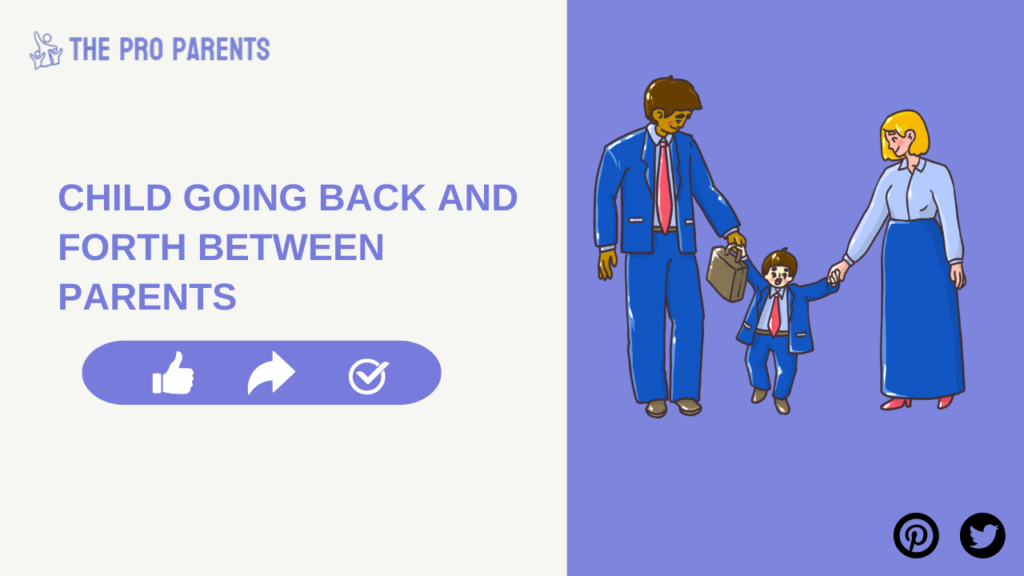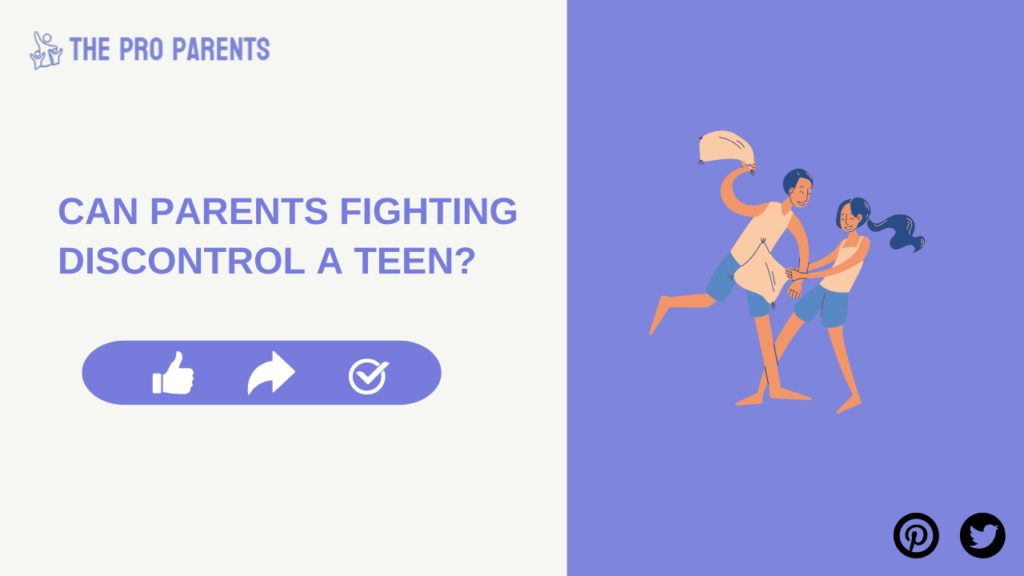Eye health is a precious gift, especially for children whose developing vision is vital for learning and exploration. Yet, as essential as proper eye care is, it can often feel overwhelming when your child experiences irritation, dryness, or even allergies. One solution parents frequently reach for is eye drops for children—but how do you know which ones to use, and are they safe?
This comprehensive guide covers everything parents, pediatricians, and child health experts need to know about eye drops for children. From understanding when they are needed to exploring types, safety guidelines, and even alternative remedies, this post will help you make informed decisions about your child’s eye care.
Table of Contents
The Importance of Eye Health for Children
Children’s eyes are constantly adapting and growing, making them especially sensitive to environmental factors such as dust, allergens, and dry air. Regular eye care is crucial for preventing long-term issues and promoting uninterrupted development. Eye drops play an integral role in addressing common concerns like redness, discomfort, and even infections.
- Schedule routine eye exams to detect and address potential issues early.
- Limit screen time to reduce eye strain and promote healthier habits.
- Ensure your child’s study and play areas are well-lit to avoid unnecessary strain on their eyes.
- Encourage a diet rich in vitamins like A and C to support overall eye health.
- Teach your child good hygiene practices, such as not rubbing their eyes with unclean hands.
Just as we ensure proper dental care for children’s teeth (check out “Is it My Fault My Kid Has Cavities?”), staying proactive about eye care can make a world of difference.
Understanding When Children May Need Eye Drops
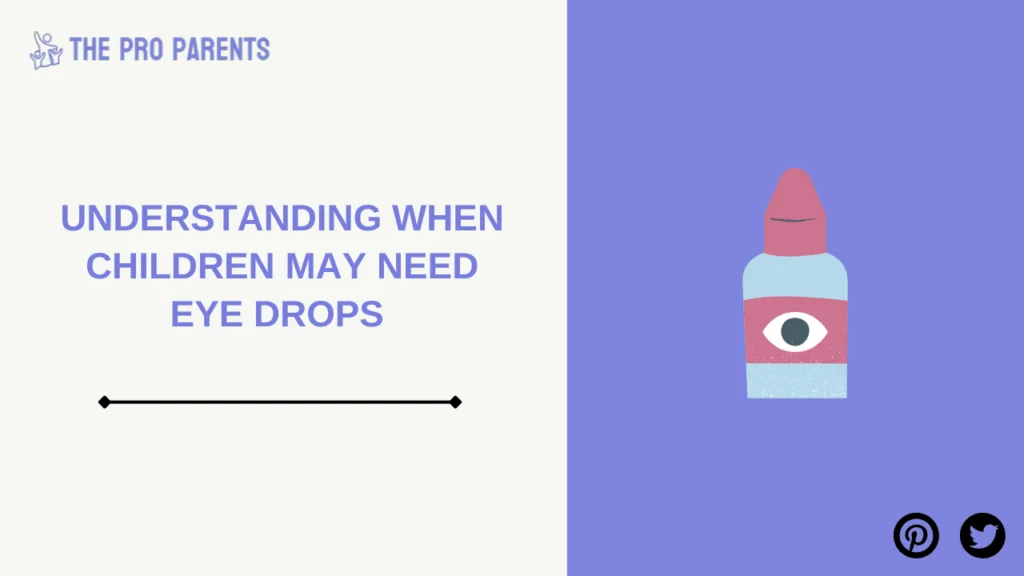
Common Eye Problems in Children
Kids are naturally curious, often leading their little eyes into potentially irritating situations. Common eye problems that may require eye drops include:
- Dryness due to long exposure to screens or air conditioning.
- Allergies causing redness, swelling, and itchiness.
- Eye infections like conjunctivitis or styes.
- Foreign particles accidentally entering the eye.
If you notice symptoms such as constant rubbing, redness, or watering, taking quick action to address the issue can prevent it from worsening.
Signs Your Child May Need Eye Drops
Not sure whether eye drops are necessary? Watch for these signs:
- Persistent itchiness or irritation.
- Frequent blinking or squinting.
- Red or swollen eyes, accompanied by discharge.
- Complaints of blurry vision or discomfort.
Remember, just as you might spot visible issues with their dental health (e.g., read about “Why Do Kids Have Silver Teeth?”), being vigilant with their eye symptoms can ensure timely intervention.
Types of Eye Drops for Children
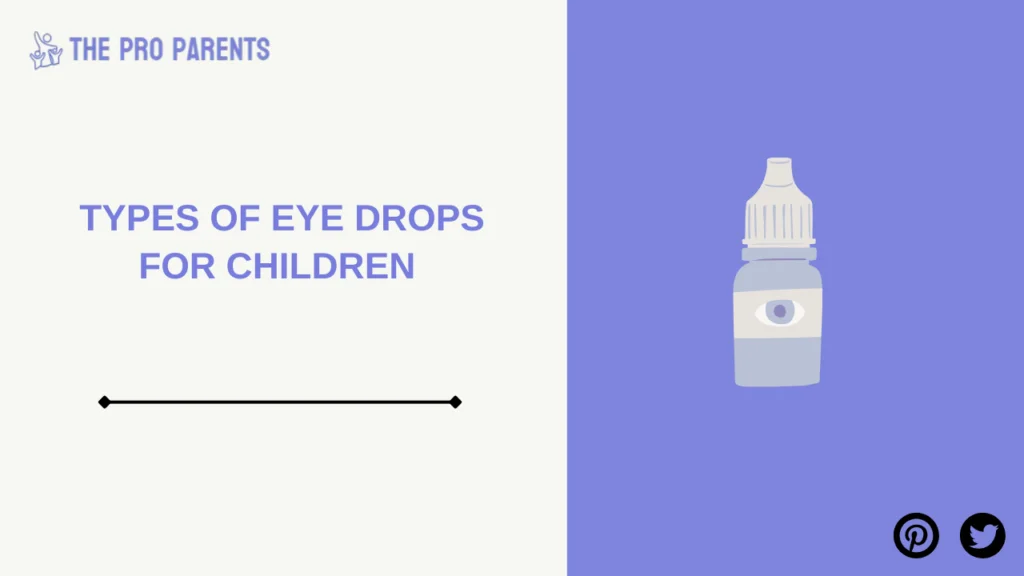
Over-the-Counter (OTC) Eye Drops
These are readily available for minor issues such as dry eyes or mild allergies. OTC eye drops often contain lubricants to hydrate eyes or antihistamines to minimize allergic reactions.
- When to Use: Mild allergies, dryness, or redness without discharge.
- Precautions: Always check if they are classified as safe for children and avoid products with preservatives for prolonged use.
Prescription Eye Drops
For more severe conditions like infections or chronic allergies, you’ll need a doctor’s guidance. Pediatricians may prescribe medicated drops for bacterial or viral infections.
- Commonly Prescribed: Antibiotic drops for bacterial conjunctivitis or steroid drops for severe inflammation.
- Key Reminder: Avoid using leftover prescription drops from prior issues—consult your pediatrician for fresh guidance.
Safety Guidelines for Using Eye Drops on Children
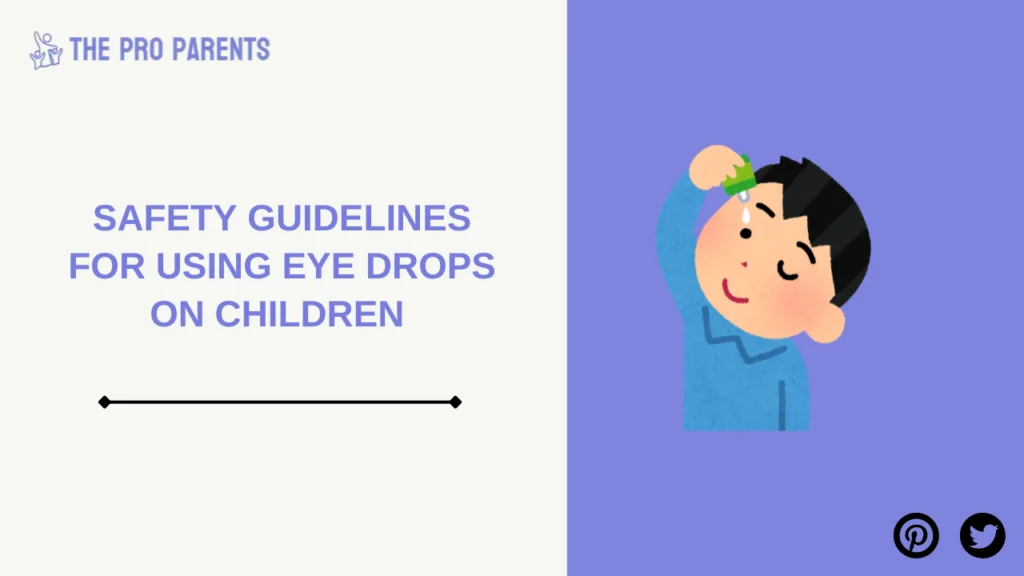
How to Administer Eye Drops Safely
Giving eye drops to a squirming child can be intimidating, but these steps can help ensure both safety and effectiveness:
- Wash your hands thoroughly.
- Warm the drops slightly by holding the bottle (cold drops can be uncomfortable).
- Have your child lie down and explain what you’re doing to ease nerves.
- Gently pull down the lower eyelid to form a small pocket.
- Drop the solution into the pocket—avoid touching the eye with the bottle tip.
- Ask your child to blink a few times to help distribute the drops evenly.
Common Mistakes to Avoid
Mistakes can lead to complications or reduced effectiveness. Avoid these:
- Using adult eye drops, which may contain ingredients unsuitable for children.
- Applying too much product—always follow dosage recommendations.
- Forgetting to check the expiration date on the bottle.
For guidance on informed parenting decisions, read “Famous Parenting: Chelsea Acton”—a helpful perspective on raising empowered, healthy children.
Selecting the Right Eye Drops for Your Child
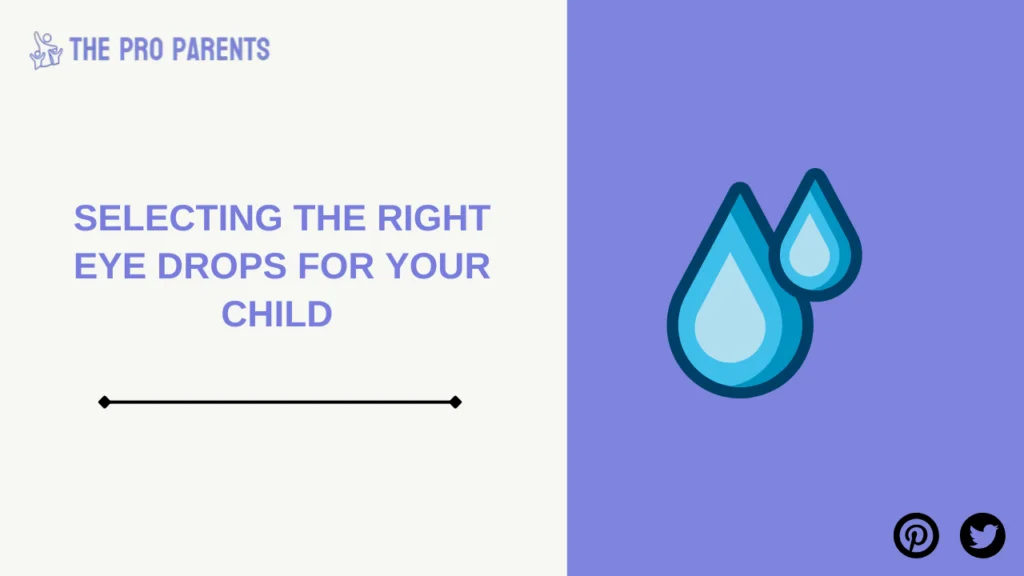
What to Look for in Eye Drops
Key factors to consider when selecting eye drops for kids include:
- Age suitability—always check the age range on the label.
- Ingredients—AVOID anything that may sting or aren’t pediatric-approved (preservative-free options are ideal).
- Specific needs—lubricating drops for dryness, antihistamines for allergies, etc.
Consulting a Pediatrician
Self-diagnosis can lead to oversights. Always consult a pediatrician for persistent or severe symptoms. They can pinpoint the condition and recommend a safe, effective solution.
Natural and Alternative Remedies for Eye Health
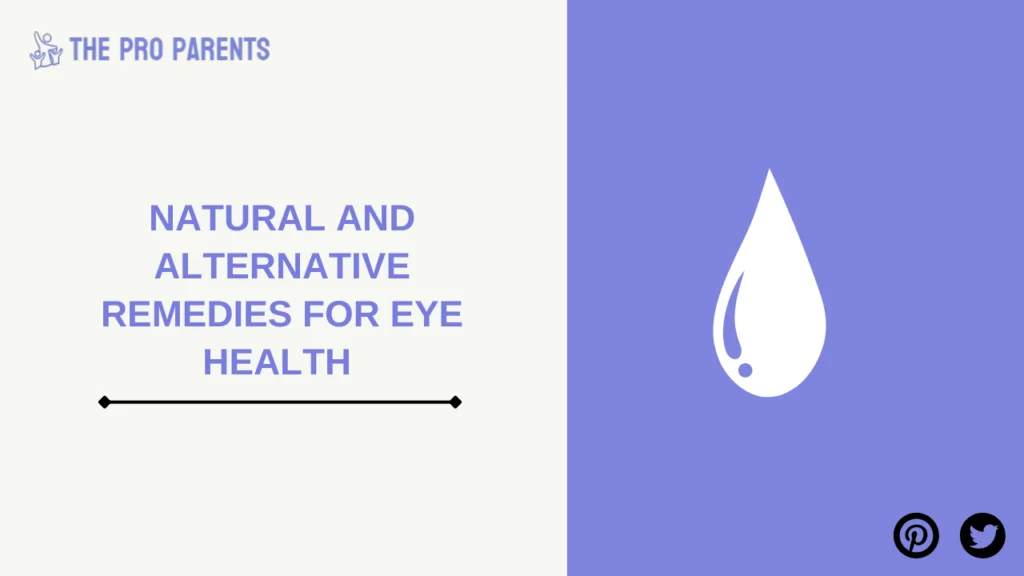
Home Remedies for Eye Care
Prefer natural solutions? These remedies can complement eye drops:
- Cold Compress for puffiness or itchiness.
- Saline Solution (consult your doctor) for removing particles.
- Humidifier to maintain moisture in the air and prevent dryness.
The Role of Diet in Eye Health
Vision goes hand in hand with nutrition. Foods rich in vitamins A and E, such as carrots, spinach, nuts, and eggs, aid long-term eye health.
Common Myths About Eye Drops for Children
- “Eye drops can fix all eye problems”—not true! Some issues require medical treatment or glasses.
- “Using drops too often creates dependency”—not if you use them correctly and under guidance.
Frequently Asked Questions About Eye Drops for Children
Are eye drops safe for babies?
Yes, but only those specifically formulated for infants. Always consult your doctor before use.
How often can children use eye drops?
Frequency depends on the type. Follow the doctor’s or manufacturer’s guidelines.
Can I use adult eye drops for my child?
No. Adult formulations may contain chemicals unsuitable for children’s eyes.
Taking Proactive Steps for Your Child’s Eye Care
Your child’s eyes are as important as any other part of their health. With the right approach to eye care, potential vision issues can be minimized, allowing your child to see the world clearly—one wonderful moment at a time.
If you notice persistent problems or are unsure about which drops to use, reach out to your pediatrician promptly. After all, preventing complications early on is always better than having to treat them later.
With proactive care, a balanced diet, and the right tools (like safe eye drops), those little eyes can stay healthy and bright for years to come!


